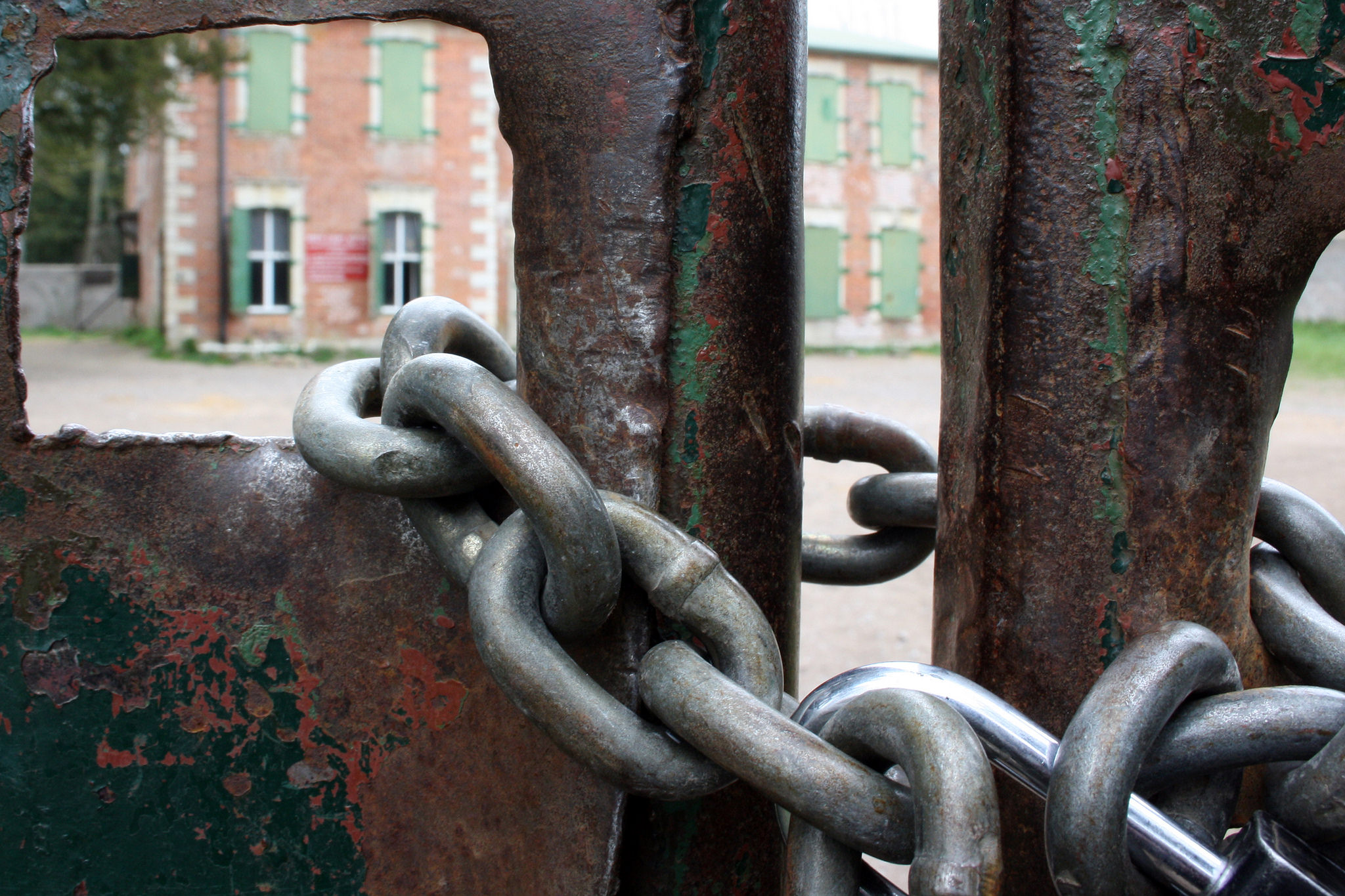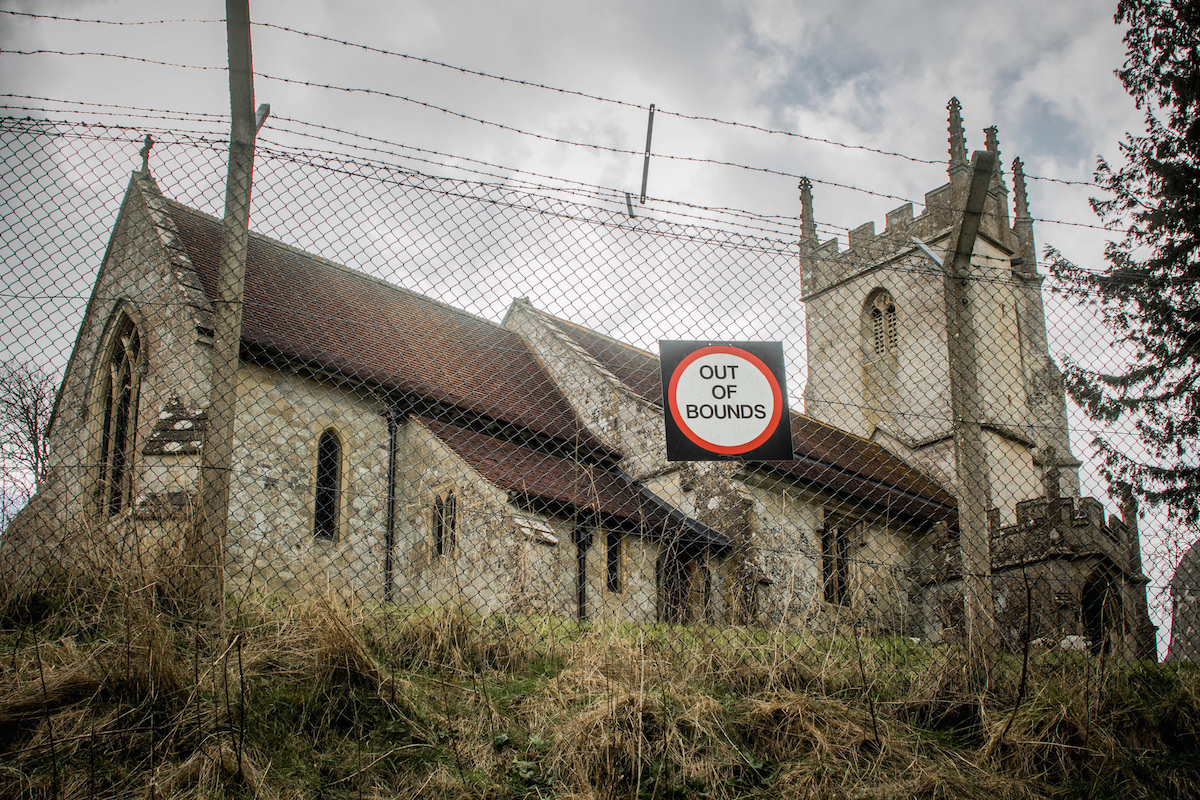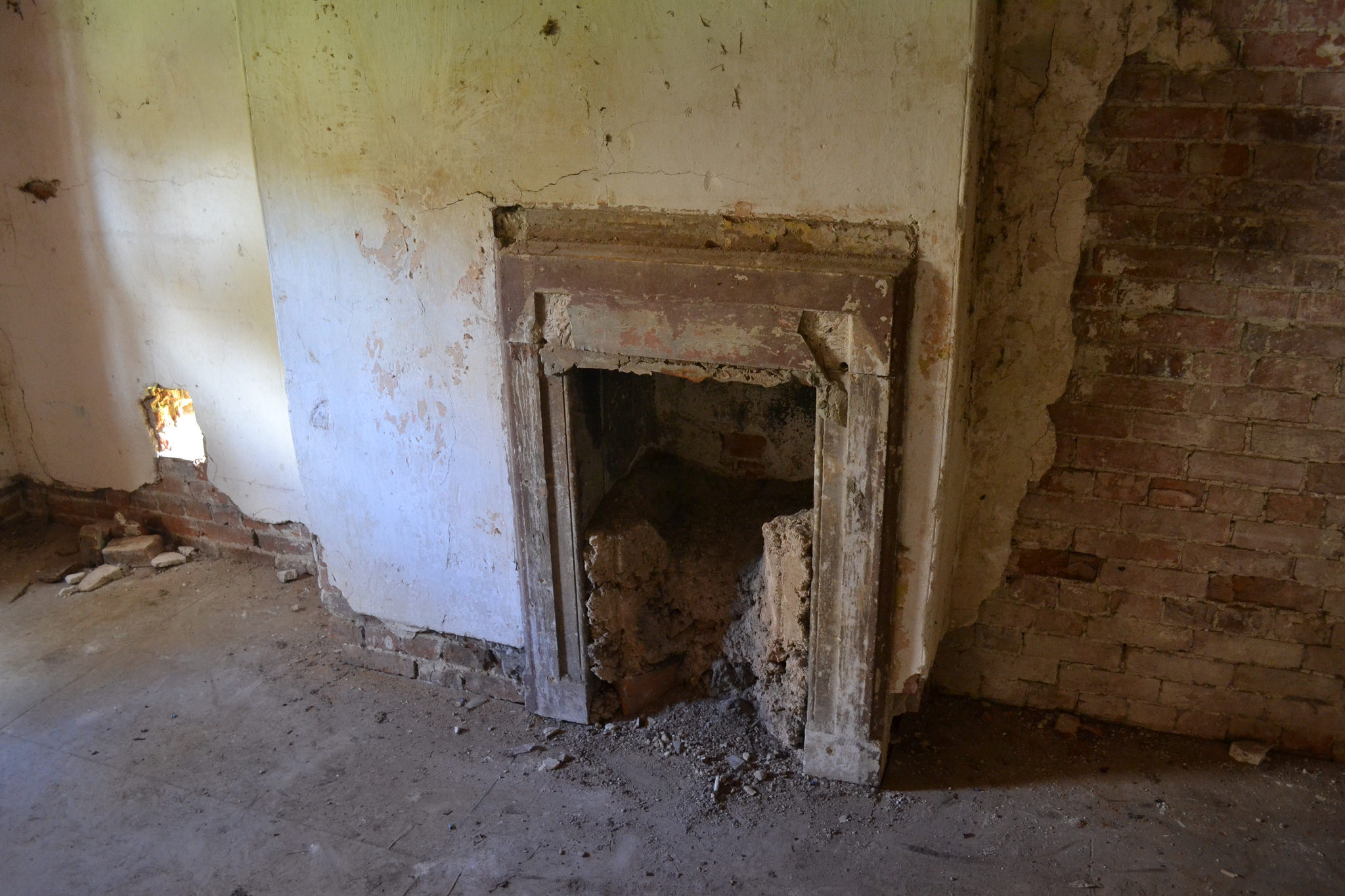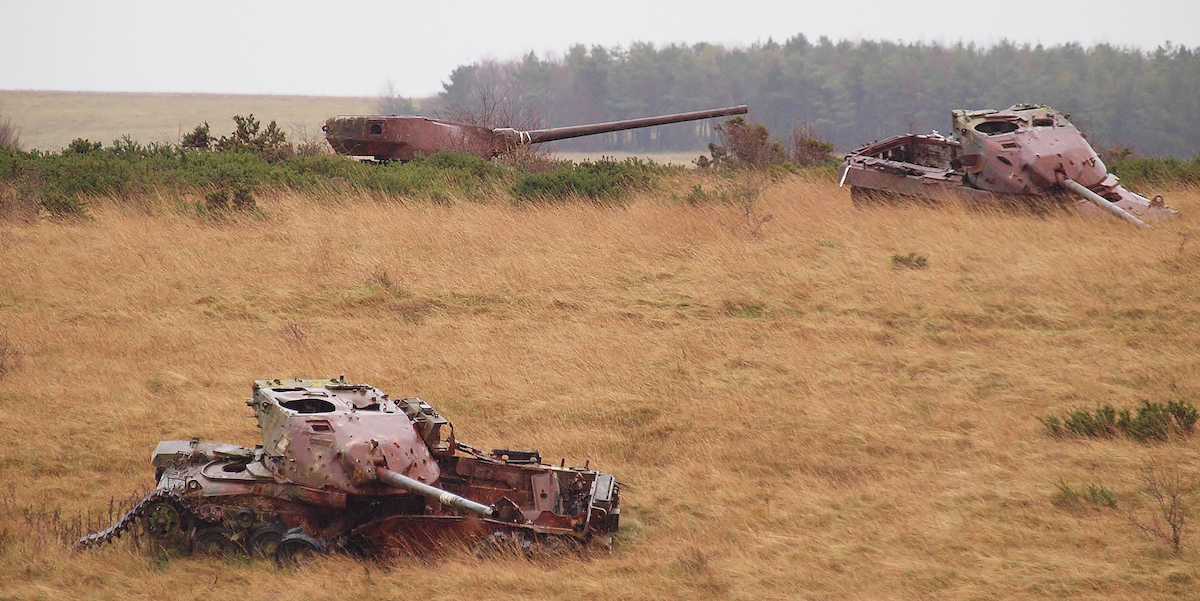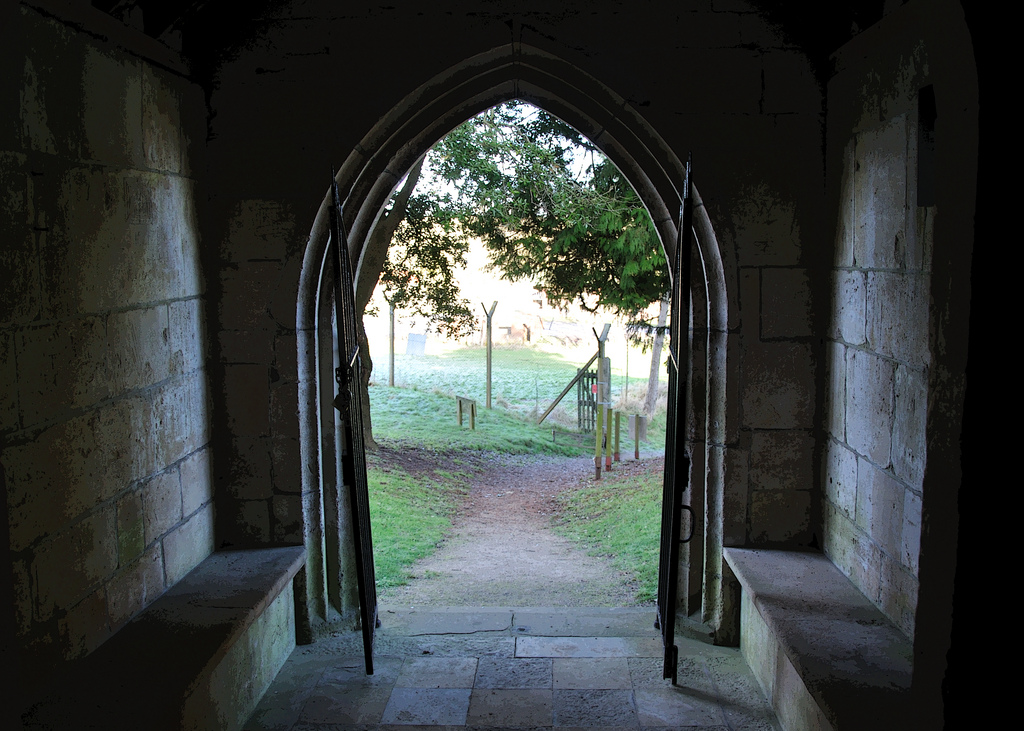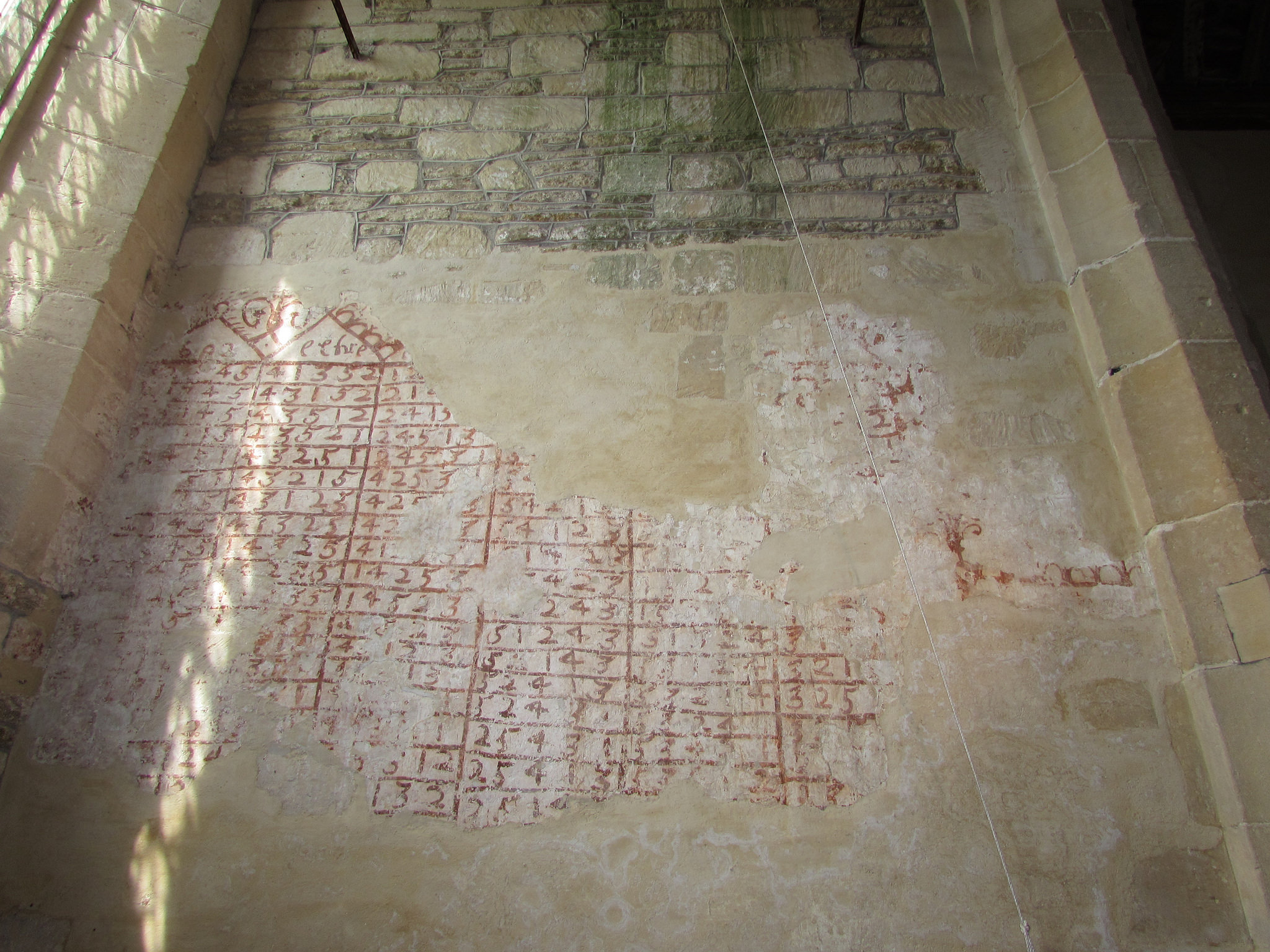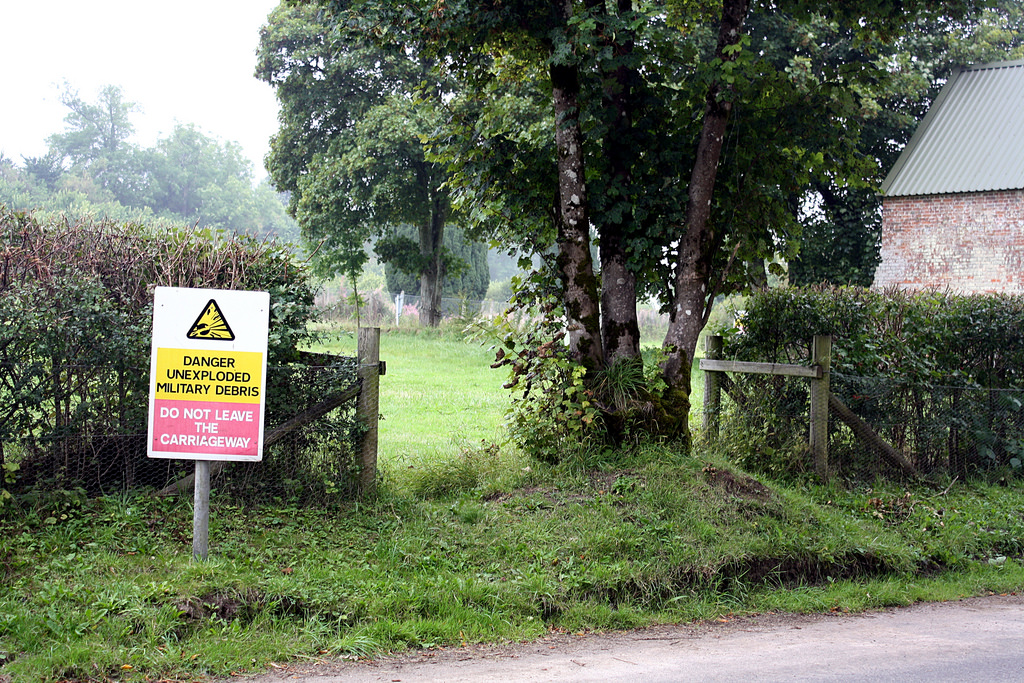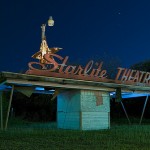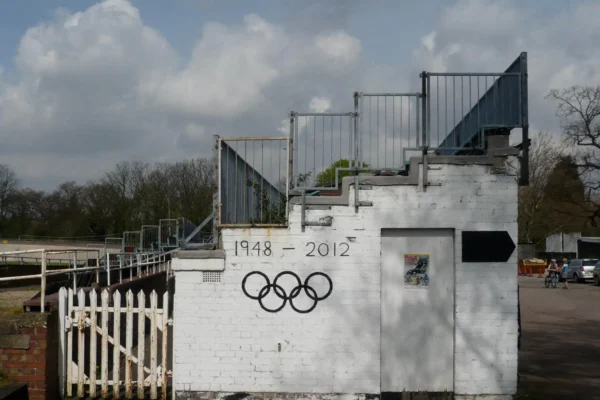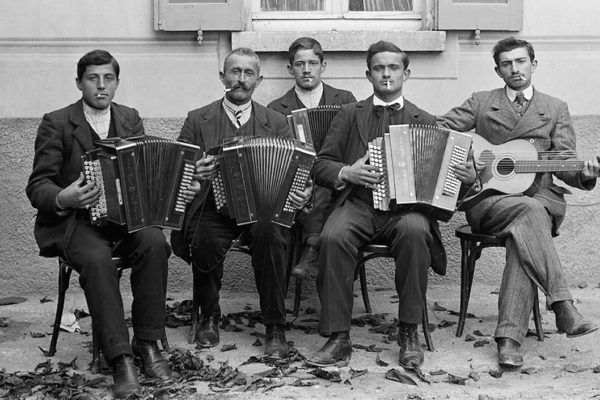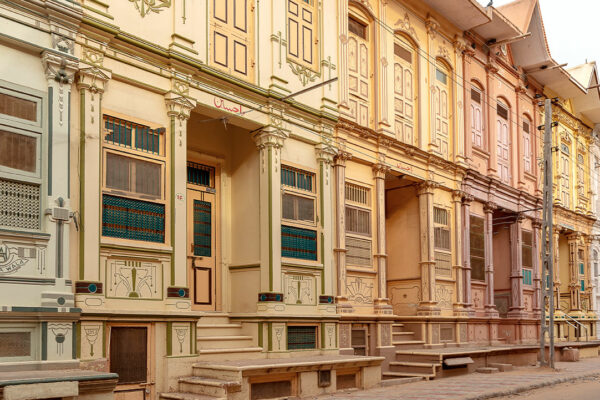An eviction notice is never the kind of letter you want to receive, but in 1943, the villagers of Imber, on Salisbury Plain, Wiltshire, all received the very same letter, regretting to inform them “that it is necessary to evacuate” their home to be “made available for training by December 17th”, giving them just 47 days to pack up their lives and “quit” Imber, never to return.
Britain was in the middle of a world war and its army, as well as allied American troops, needed a training ground to prepare for landing in Normandy to liberate Europe from Hitler’s grasp.
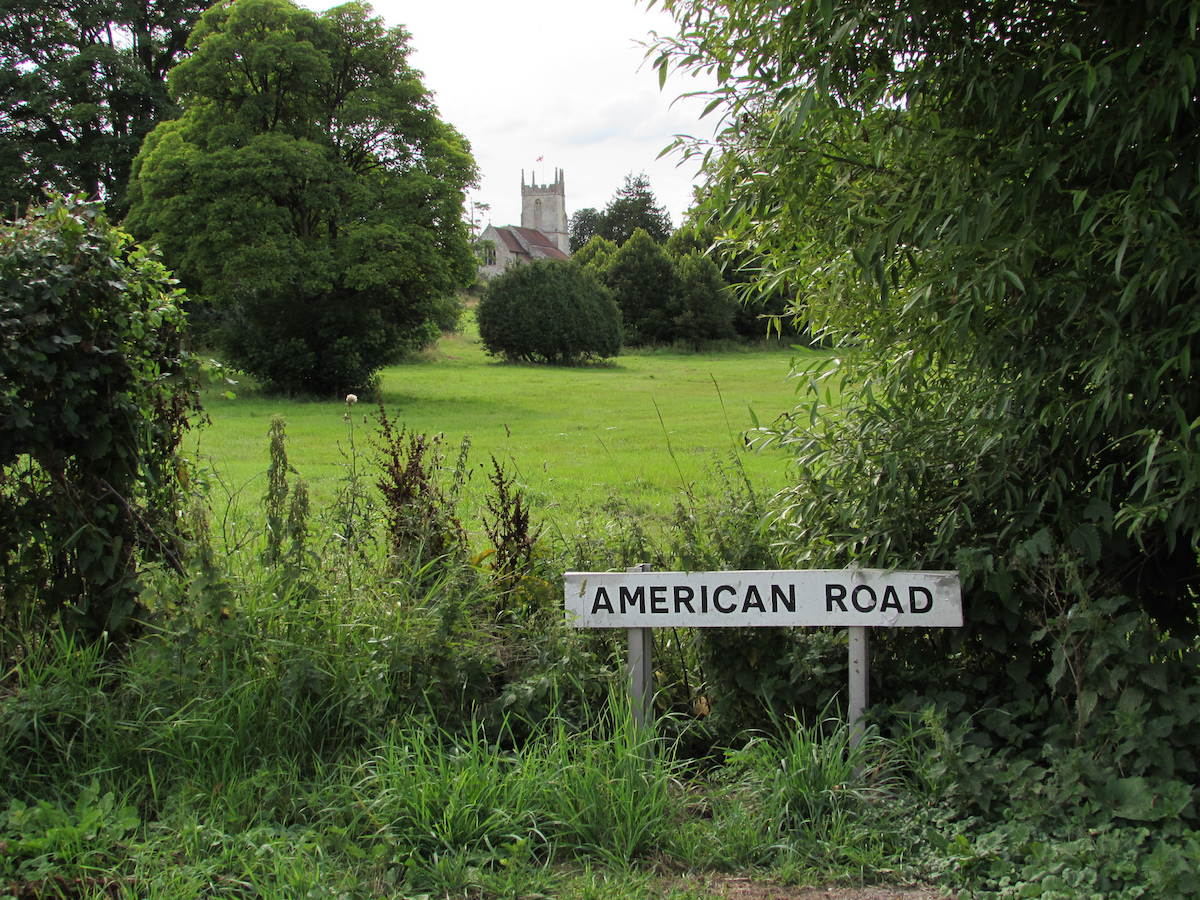
© Michael Day
The kicker is, despite the villagers being ‘liberated’ of their homes, they weren’t actually given anywhere to go. The Ministry of Defence had been quietly acquiring land in the area, including Imber and its surrounding terrain for the potential use of military training as early as 1897.
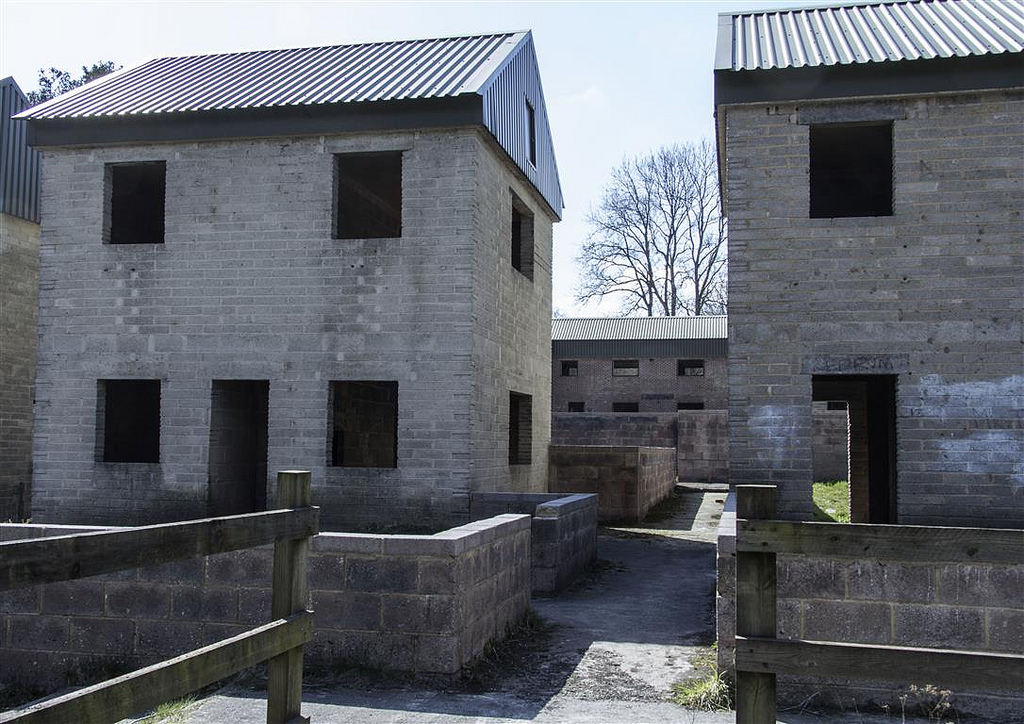
© John Belcher
Army barracks had been built nearby in 1907 and an artillery school in 1920. So the villagers were in fact the military’s tenants, possibly without knowing, long before they received their eviction letters.
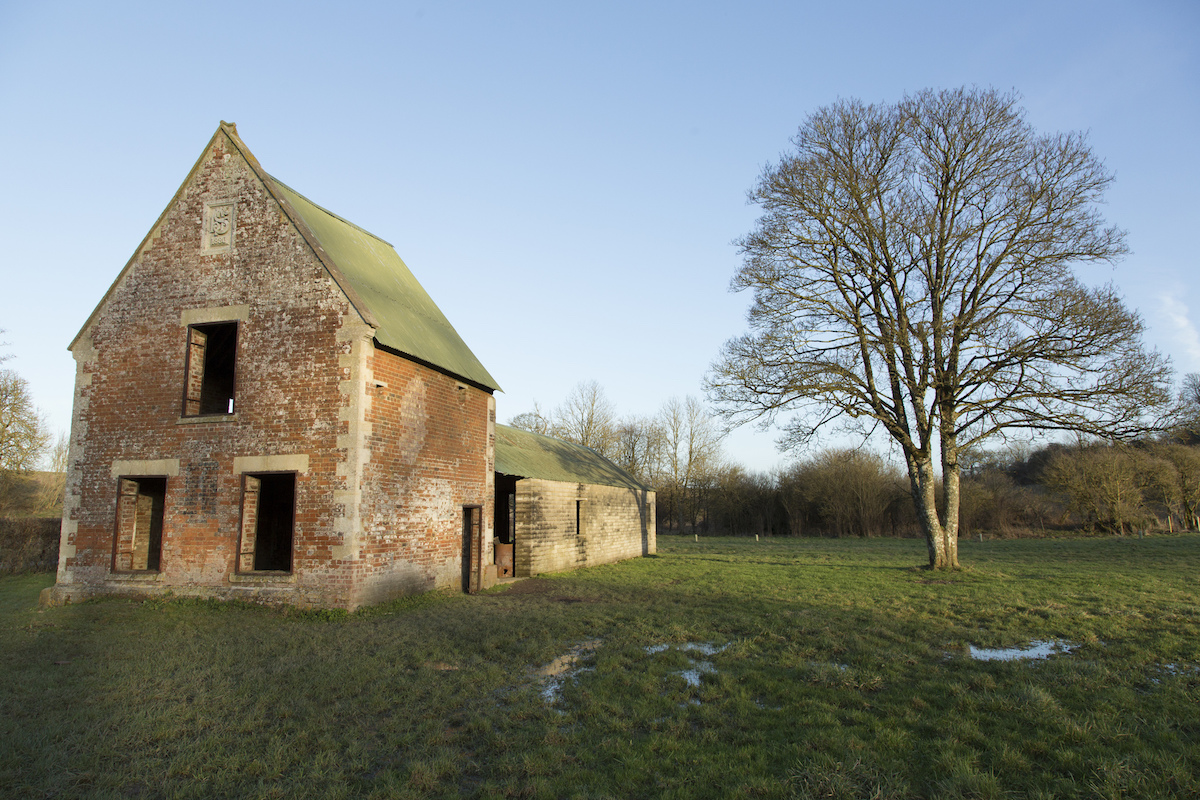
© Chris Andrews
Imber’s residents were told, “the Government appreciate that this is no small sacrifice which you are asked to make, but they are sure that you will give this further help towards winning the war with a good heart.”
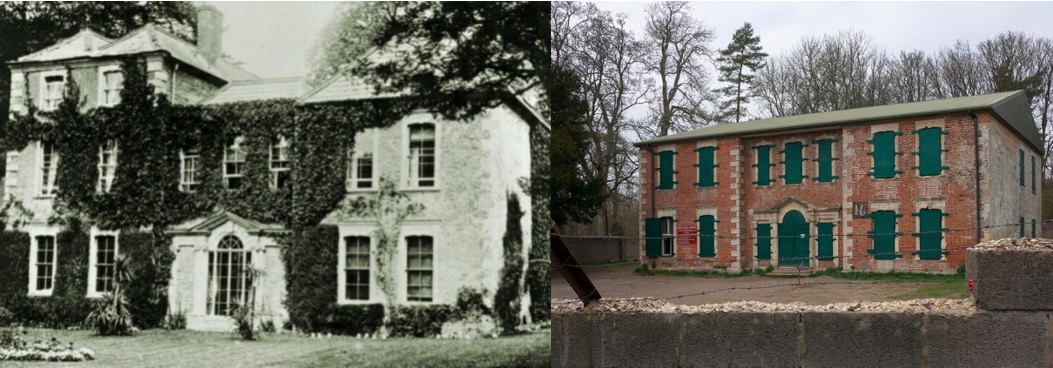
The village manor, Imber Court, before & after
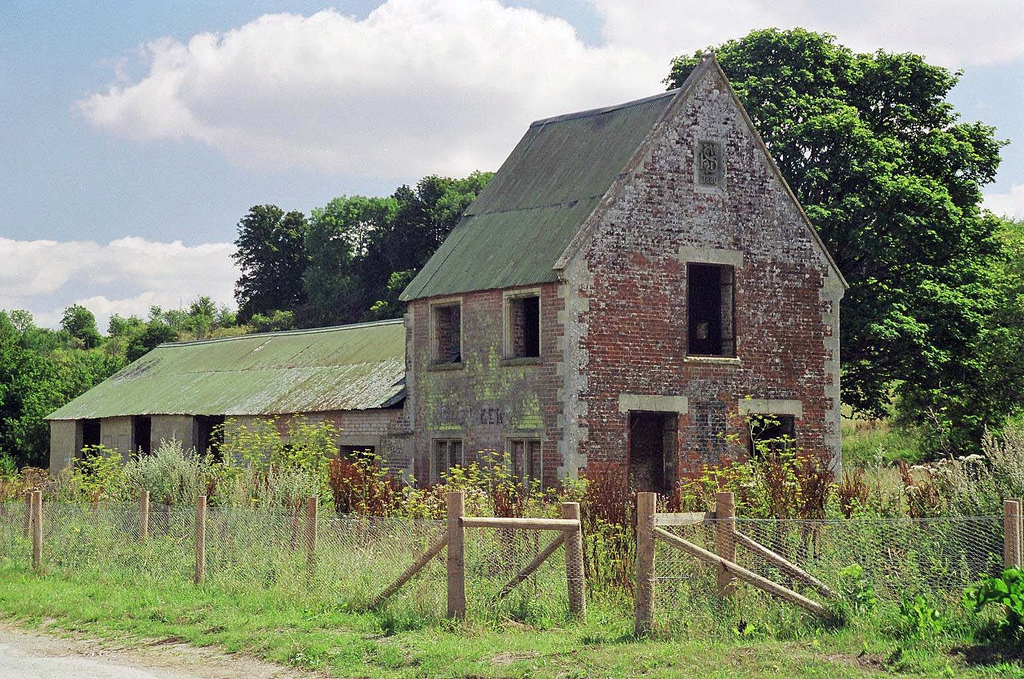
© Marny T
In the eviction letter, the government offered “to refund to you reasonable expenses incurred by you in respect of the removal of your furniture to your new home, and the travelling expenses … In addition, if you are so unfortunate as not to be able to find alternative accommodation, and it is necessary to remove your furniture to store, the Department will refund the cost of removal to store and reasonable storage charges until you can find another house, or until the Imber area is again open for occupation.”
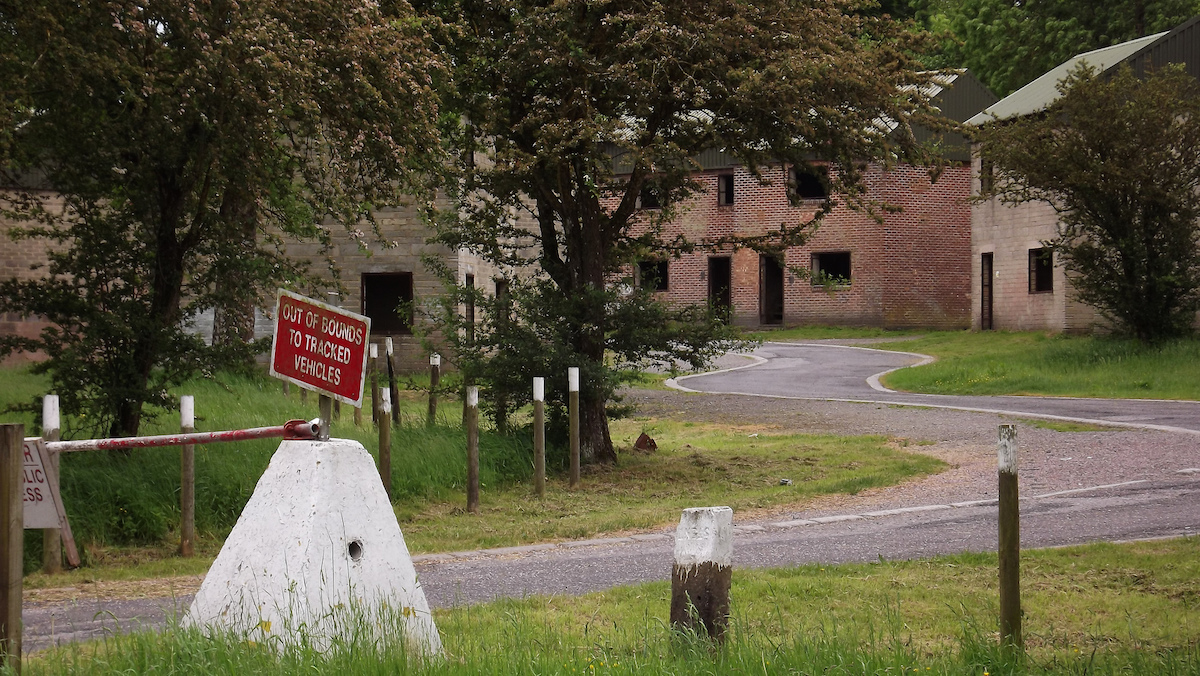
© Katie Pickersgill
Imbur never did reopen for occupation of course, and to this day is still used as a military training site, strictly off limits to the public. A year before the mass eviction, a little-known but tragic incident of “friendly fire” at Imber took place during training for a firepower demonstration that was to be attended by Winston Churchill.
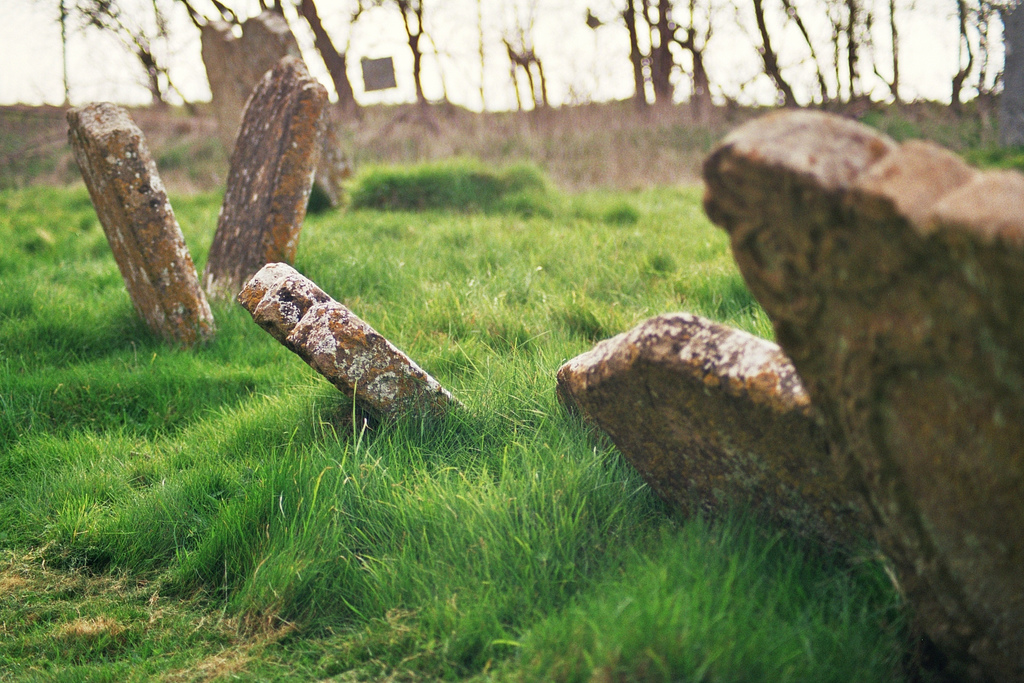
Imber’s Graveyard © Chloe/ Flickr
An RAF Hawker Hurricane accidentally opened fire on a crowd of spectators, killing 25 and wounding 71. “Pilot error and bad weather” were blamed for the incident. The pilot himself was killed in action flying over France just a few months later.
The history of Imber village dates back to 967AD. Records from The Doomsday Book (1086), counts 7 households, 50 persons and 2 slaves (according to the Doomsday Book more than 10% of England’s population were slaves at the time).
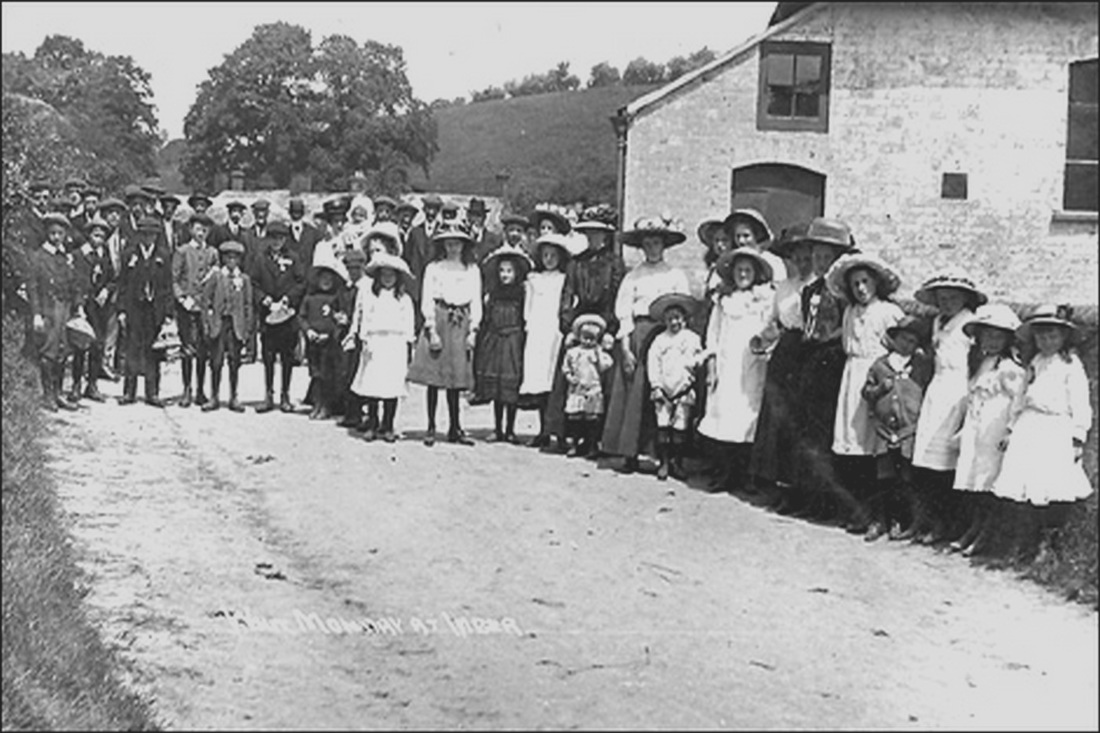
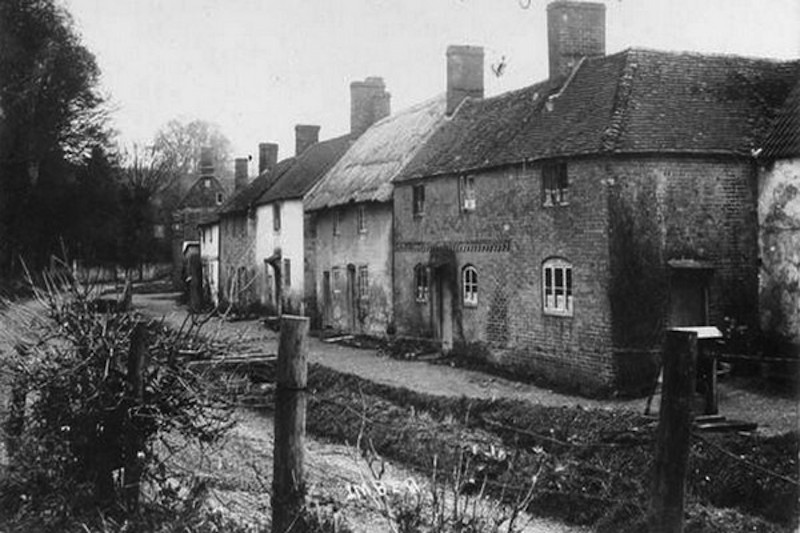
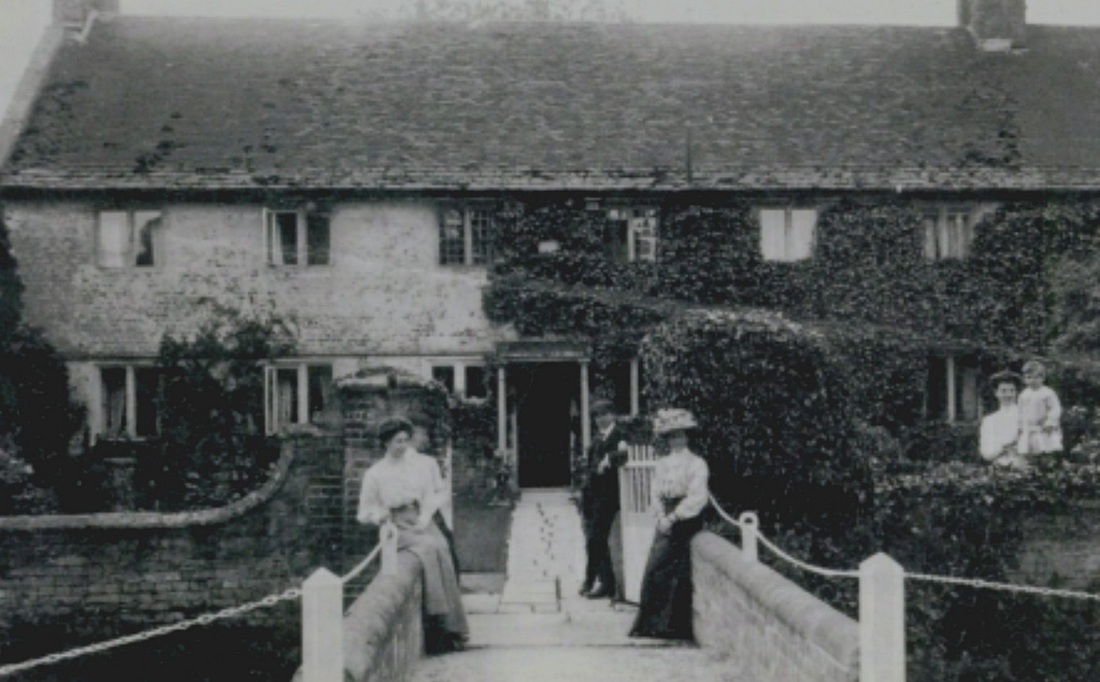
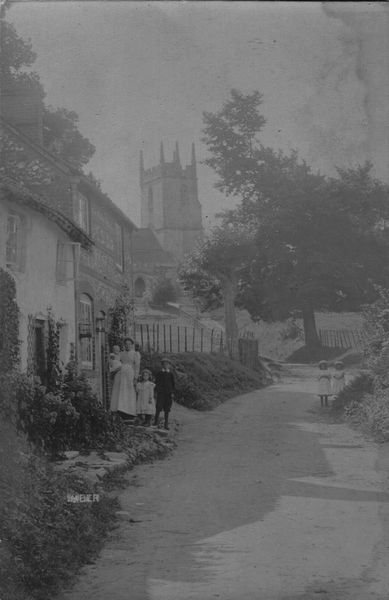
By 1939, the population was at 152. It’s said the village blacksmith died of a broken heart. “When the time came to evacuate the village they found him slumped over his anvil, crying like a child … Within a month he was dead,” recalls a local historian. He is buried at the village’s 13th century church, which still stands, surrounded by barbed wire.
One farmer had to be forcibly evicted by the army, but reports suggest the eviction of the entire village was relatively easy for the government and was met with little protest– likely due to the fact that most villagers half expected to return to their homes.
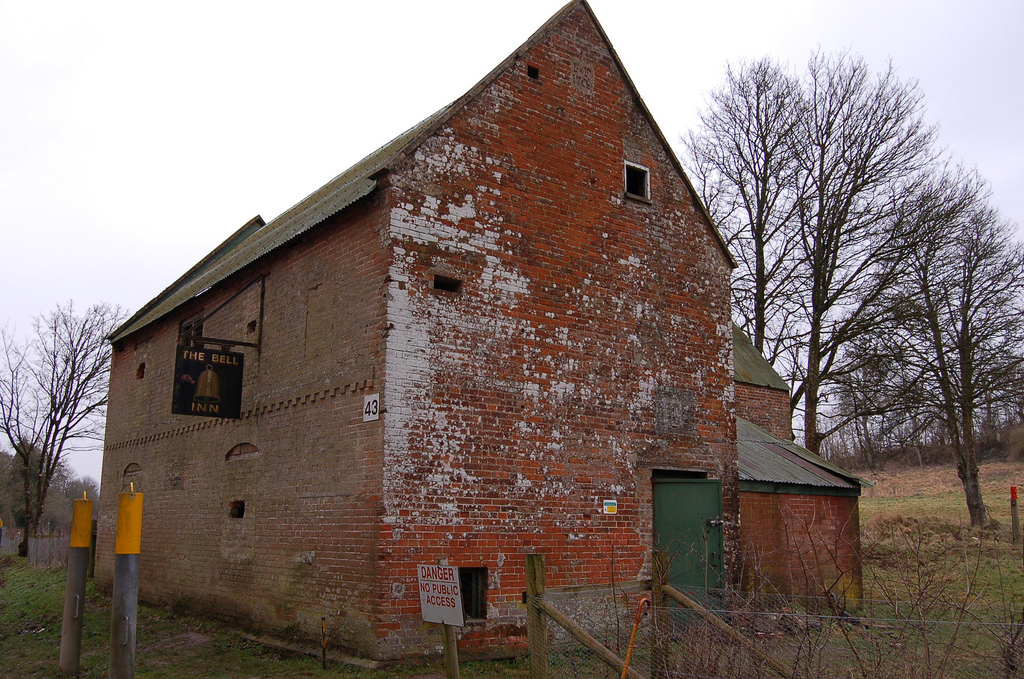
The Bell Inn pub, which hasn’t served customers for over 70 years © Graham Brown
The local pub, the Bell Inn continued to renew its licence well into the 1960s in the hopes of returning. It’s still standing, even with the old sign, and so is the old manor house, the school, the church, several cottages, the farmhouse and the council houses built in 1938 just before the war started.
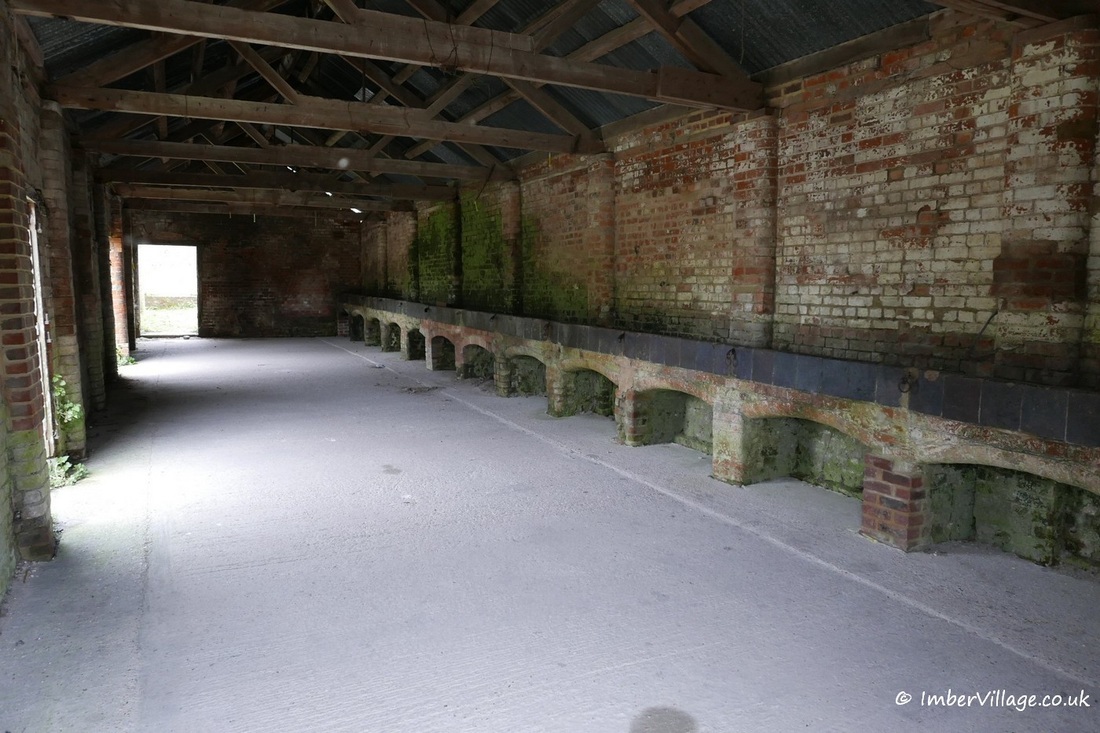
The great barn at Imber Court farm was often used for vilage celebrations, including coronations. Records show that for Queen Mary’s silver jubilee, around 360 people attended, consuming 334lbs of cold beef and mutton, 30 plum puddings, and 576 pints of ale
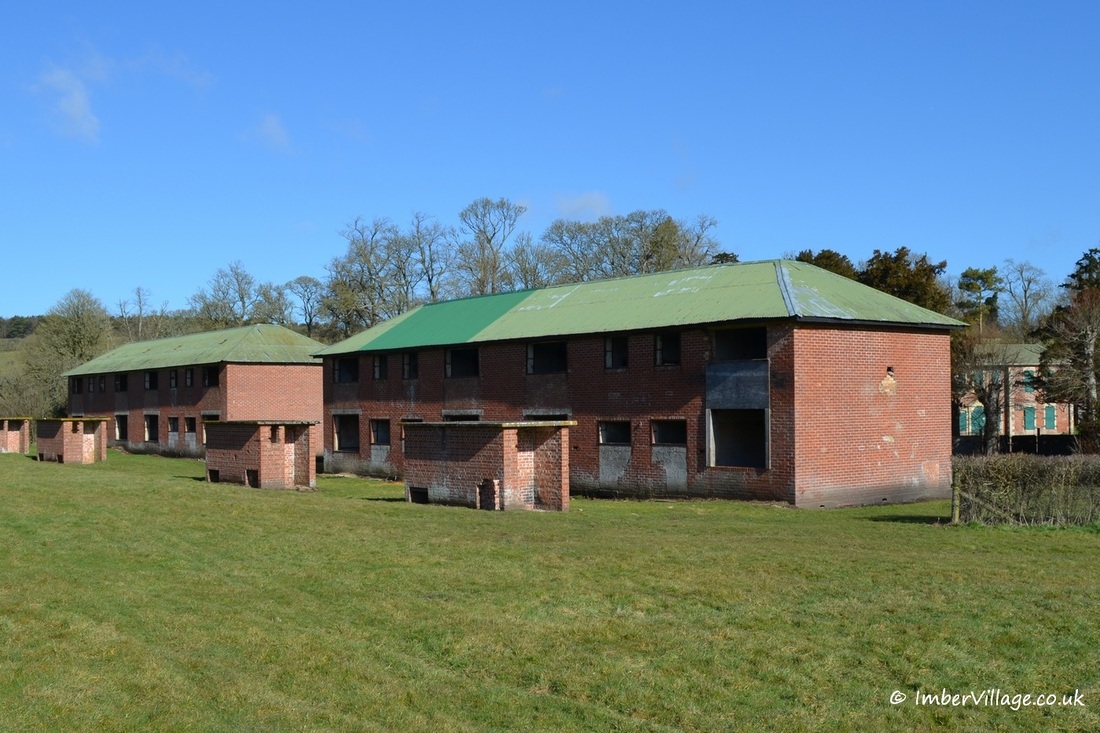
The council houses built in 1938, the bay windows were removed.
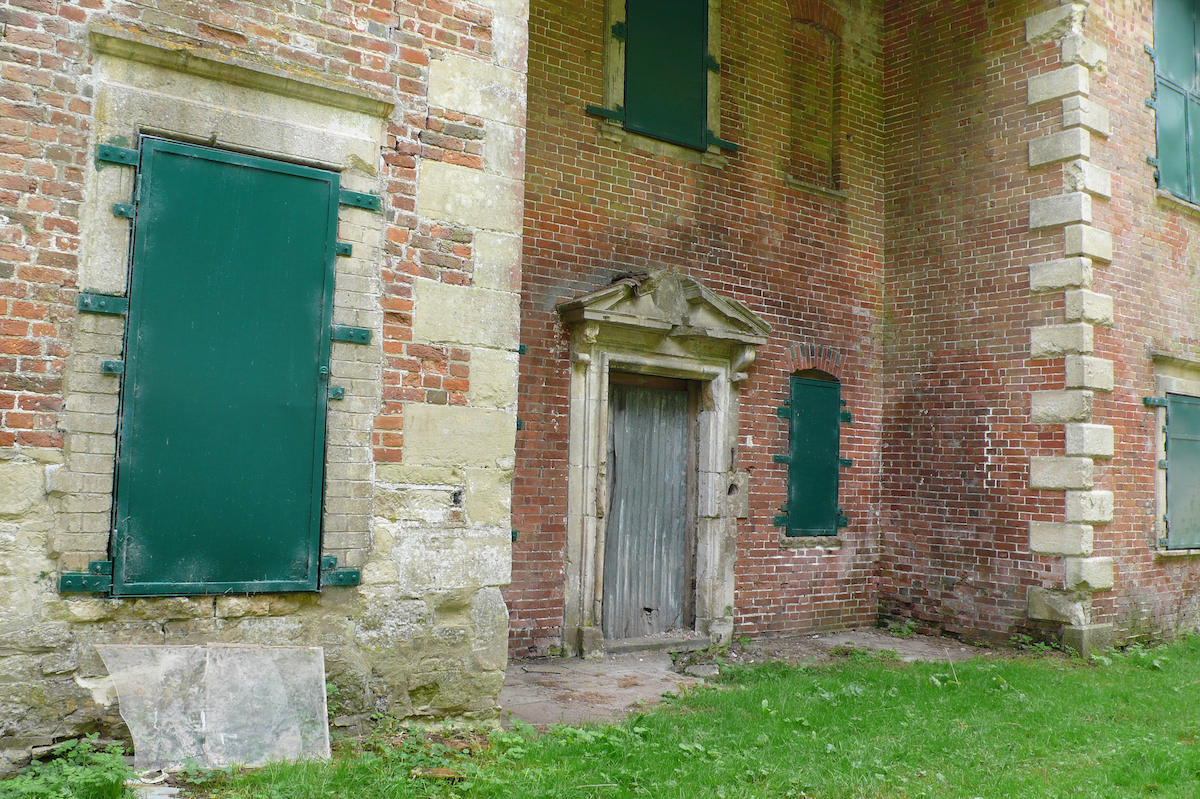
It may appear that Imber was only a poor village in the sticks but there was once a great range and disparity of wealth © Andy Hebden
The buildings are of course, all ruined beyond repair, but they’re still there, alongside the army’s new mock-up buildings, burnt-out tanks and rusted artillery.
Here is a Pathé newsreel about Imber from 1948…
While Imber still remains as a Military training site and it is strictly off limits to the public, as well as the surrounding area, there are open days which are organised by the Military of Defence. The next ones are over the Easter holidays from the 13th-18th April. There is also a special day once every summer when a parade of famous red London routemaster buses provide a service to the village. More information for visitation can be found on Imber’s website.
You might make a weekend out of it. Just watch where you step.


